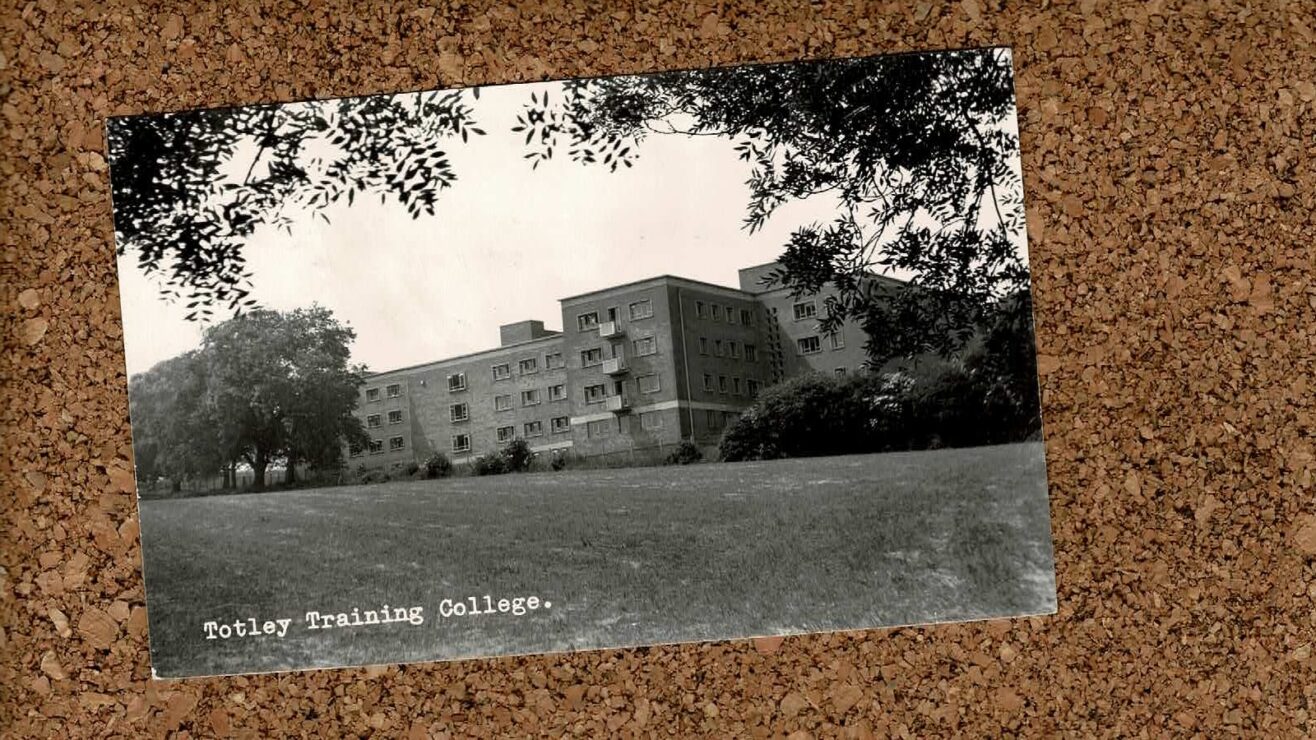Last week, University of Cambridge academic Priyamvada Gopal announced on Twitter that she would no longer teach at the university’s King’s College, after experiencing “consistently racist profiling and aggression” from porters at the college.
Upon filing a complaint, Gopal was told by the (white) head of the college visitors’ service that the incident was not reflective of their personal experience with the porters in question. The story made it into the mainstream press and brought to the fore not only the different experiences of staff of different ethnic minorities, but the wider role that these experiences can play in the sector’s perception by prospective students and beyond.
Being listened to
It is always difficult to build arguments from lived experience rather than indisputable “facts”, especially when not everyone engaging with your argument has lived those experiences. It involves a level of trust to take someone’s experience as true and to draw wider conclusions from it – but when it comes to understanding systematic problems, experience is necessary.
Some incidents of racism are obvious and undeniable (by most), while other instances of differential treatment are only recognisable as racism because of their persistence and frequency. Not everyone will be able to understand everyone else’s experiences, or lack thereof, of racism – it is not possible and it is not needed. But we need to accept that cultures, upheld by some and experienced by others, have a bigger impact on choices than we account for.
I thought back to my first year of my undergraduate degree to figure out how many of the staff that taught me were of an ethnic minority background the other day – there was one, an Indian PhD student who taught one of my economics seminars. The colleague who asked me about it was shocked that my experience in higher education had only involved being taught by one tutor of an ethnic minority but what struck me about the situation was that I hadn’t really expected there to be any.
I didn’t go to university expecting any level of representation of ethnic minorities among the staff that taught me, which says a lot about the communicative function that representation of ethnic minorities can have on prospective and current students.
Visibility and representation
It might be the case that a higher proportion of BME applicants enter higher education than their white peers. However, questions of the visibility of ethnic minorities are often underplayed in these debates.
Visibility of ethnic minority staff in higher education is determined by a number of things, from level of seniority, to student contact, to type of role (for example, academic or non-academic) and it is what contributes to the impressions that prospective students have of an institution, of a sector and of their place in it – more than does hard data on recruitment of BME students. It’s my suspicion that, as much as we might like to provide students with data to help them choose an institution, a larger part of the decision making process than we would account for is down to perception of an institution’s culture and a sense of belonging there.
What the data says
Recent years have not seen marked change in the numbers or proportions of staff of different ethnicities. According to HESA data (2016), 12.5% of total staff were of an ethnic minority background. This compares with 14% of the general population, as given by the 2011 census for England and Wales.
In a 2017 report for UCU, Jason Arday points out that the figures seem not far off an accurate representation of the wider population, but the picture becomes less and less representative when looking at academic staff level and beyond. Asian ethnicities are better represented at an academic staff level, while those of Black backgrounds become proportionally less well represented. An important next step for this investigation would be to look at representation of ethnic minorities in the more senior levels.
Institutional cultural change
I found when analysing data on black applicants to higher education earlier this year that there are few strong trends across mission groups, TEF awards, or regions. Institutional trends were more notable: there are a handful of institutions that have placed among the highest number of black applicants over the last few years and many others that traditionally place very few black applicants.
When challenged about institutional culture, small year-on-year variations mean that pointing to an incremental increase in recruitment of ethnic minority students in the previous year might just do enough for an institution to be seen as welcoming to ethnic minorities. But it does not do a lot to reach out to prospective students to show them any level of recognition that there is a culture that needs tackling. I, like Gopal, am tired of us all coming together to put pressure on organisations of all sectors to publish reactive written statements detailing how much they “abhor” racism, without making real cultural changes.
The communicative function of these instances and the wider experiences of staff, along with their visibility in higher education, all contribute to prospective and current students’ perceptions of their own place in these institutions. What it will take to deal properly with these issues is sensitivity towards experiences that are not universally understandable, and an understanding of the messages communicated to prospective students about institutional culture.













